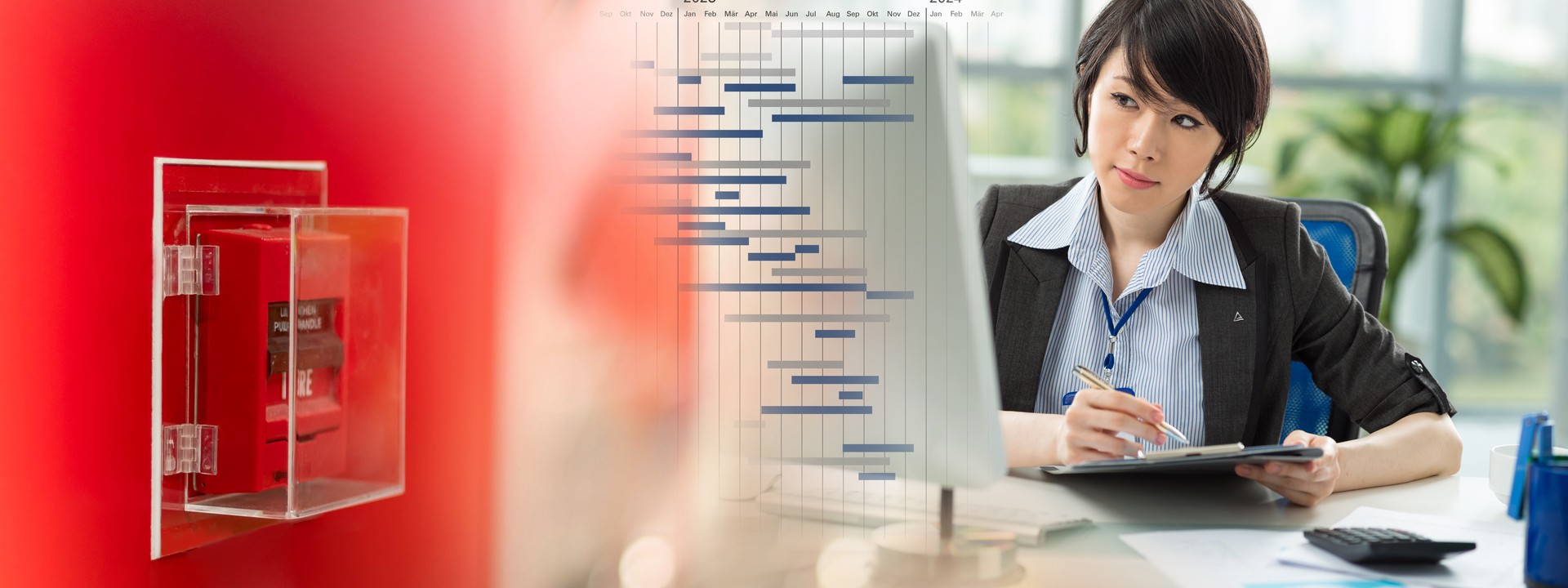ALARM MANAGEMENT LIFECYCLE SERVICES
Good alarm system performance cannot be provided by technology alone. Sustained alarm system performance is achievable through informed and motivated management of the system by the system owner, following a clear alarm management lifecycle approach:
The principals of good alarm management are captured in the EEMUA 191 guidance and have been formalised in the alarm management standards IEC62682 and ISA 18.02, which utilise an alarm management lifecycle approach as the core mechanism for the definition, design, implementation, operation and maintenance of alarm systems for hazardous processing plant and machinery. The principles of these standards and the KPIs defined within them are a benchmark against which your company will be measured by industry regulators. It is therefore important that alarm system owners can demonstrate best practice through compliance with the alarm system lifecycle framework by virtue of supporting procedures and formally documented working practices. In addition, well managed alarm systems have been shown to deliver improved process up time and increased efficiency that can deliver operational financial benefit.
AlarmKPI
Simplifying performance insights, effortlessly.
Optimise safety, reliability, and compliance in any industry with AlarmKPI, a TÜV Rheinland-powered tool designed to streamline alarm systems. AlarmKPI reduces alarm flooding, automates data analysis, and benchmarks your system against international standards and guidelines like EEMUA 191, ISA-18.2 and IEC 62682. Featuring interactive dashboards, actionable insights and offering TÜV Rheinland expert recommendations, it empowers your team to enhance operational efficiency and safety. Backed by the TÜV Rheinland over 150-year commitment to quality and ISO/IEC 27001 certification, AlarmKPI is your trusted solution for smarter alarm management.
Contact us

Submit your inquiry and we will contact you

